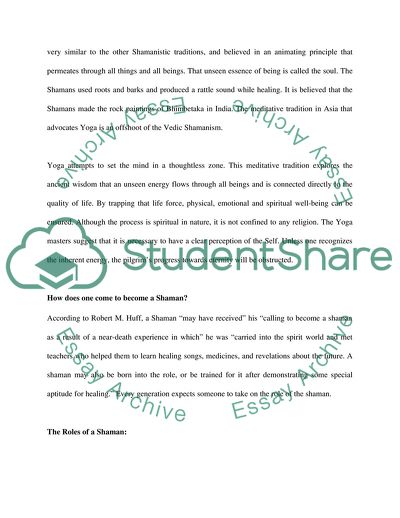Cite this document
(The World of the Shaman Case Study Example | Topics and Well Written Essays - 1697 words, n.d.)
The World of the Shaman Case Study Example | Topics and Well Written Essays - 1697 words. Retrieved from https://studentshare.org/religion-and-theology/2028183-one-variety-of-shamanism
The World of the Shaman Case Study Example | Topics and Well Written Essays - 1697 words. Retrieved from https://studentshare.org/religion-and-theology/2028183-one-variety-of-shamanism
(The World of the Shaman Case Study Example | Topics and Well Written Essays - 1697 Words)
The World of the Shaman Case Study Example | Topics and Well Written Essays - 1697 Words. https://studentshare.org/religion-and-theology/2028183-one-variety-of-shamanism.
The World of the Shaman Case Study Example | Topics and Well Written Essays - 1697 Words. https://studentshare.org/religion-and-theology/2028183-one-variety-of-shamanism.
“The World of the Shaman Case Study Example | Topics and Well Written Essays - 1697 Words”, n.d. https://studentshare.org/religion-and-theology/2028183-one-variety-of-shamanism.


